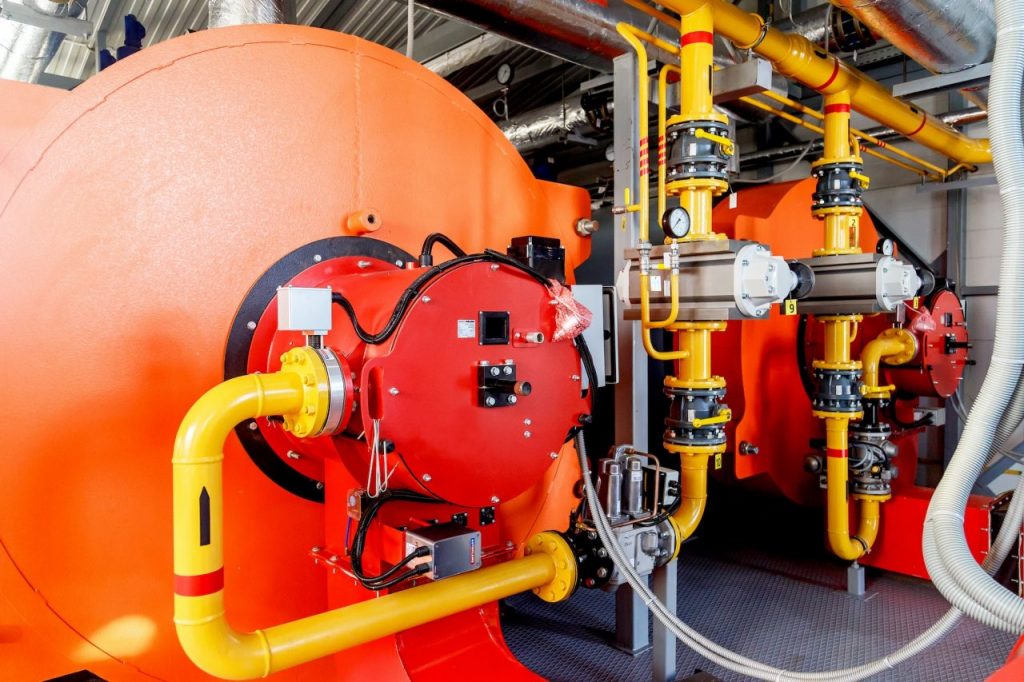What is DG?
Dangerous goods are explosives, compressed and liquefied gases, flammable liquids, flammable solids, spontaneous combustion and flammable materials when wet, oxidants and organic peroxides, toxic and infectious materials, radioactive materials, corrosive materials and miscellaneous materials.
Dangerous cargo is also called “DG cabinet” or “DG” for short.
| Mainly divided into 9 categories: |
| 1. Explosives: including combustible and explosive substances and mixtures. |
| 2. Compressed gas and liquefied gas: including compressible gases and mixtures, such as oxygen, nitrogen and hydrogen. |
| 3. Flammable liquids: including flammable liquids and mixtures, such as gasoline, alcohol and diesel oil. |
| 4. Flammable solids, spontaneous combustion articles and flammable articles when wet: including flammable solids and mixtures, such as wood, paper and grass. |
| 5. Oxidants and organic peroxides: including substances that can oxidize other substances, such as peroxides and potassium permanganate. |
| 6. Toxic substances and infectious substances: including substances and mixtures harmful to human health, such as toxic gases and pesticides. |
| 7. Radioactive substances: including radioactive substances and mixtures, such as uranium and radium. |
| 8. Corrosive substances: including corrosive substances and mixtures such as acid and alkali. |
| 9. Miscellaneous dangerous goods: including other dangerous substances and mixtures, such as environmental hazardous substances and infectious substances. |
What’s the difference between Dangerous cargo and ordinary container?
1. Explosion-proof design
In the process of structural design and manufacture, DG cabinet adopts explosion-proof design to avoid explosion and fire, which provides higher safety for transportation. Ordinary cabinets do not have such a special design.
2. Material differences
DG cabinet is made of stainless steel, which can withstand seawater erosion and corrosion, while ordinary cabinets are made of ordinary steel plates.
3. Identification requirements
DG cabinets must meet the requirements of international dangerous goods signs and signs so that they can be correctly identified and handled during transportation, loading and unloading and storage at sea or on land. Ordinary cabinets do not have such identification and signage requirements.
Therefore, there are obvious differences in design and materials between DG cabinets and ordinary cabinets. These differences are helpful to ensure the safety, reliability and compliance of DG cabinets in the transportation of dangerous goods.










